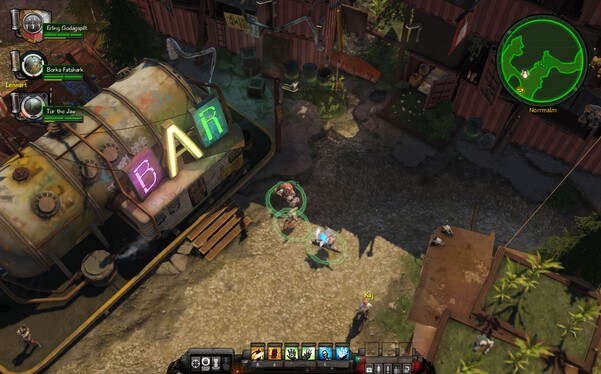
My fascination with animals began at a really young age when I started collecting artefacts representing animals from different times and places. Artists depicting animals cast bridges across divides of human vs non-human interaction, enabling humans to reconnect with the landscapes they inhabit. Depictions of animals in art remind us not only of themselves, but also of the qualities and traits we assign to them. The desire to assign symbolism to animals inhabiting landscapes I believe connects human cultures across time. Since humans developed the capacity for sym- bolic thinking, various ancient cultures have felt the need to represent the world surrounding them in an attempt to make sense of all its beauty and variety. I am sure that you’ll find interesting looking at how, during a period of deep political and institutional crisis while the Empire was on the verge of civil war, two men sitting on the throne -Galba and Otho-, used their coinage to portray idealised themes of harmony, peace, and triumph.Įver since humans first started drawing on cave walls, the animal world served as an endless source of fascination. In particular, we present you two exceptionally rare gold coins struck during the “year of the four Emperors”, the succession crisis following the death of Nero in AD 68, when four men rapidly succeeded to each other on the throne. The number of vessels connected to dining and drinking would have been part of the rituals of socialisation of the elites, while the coins tell us much about the messages that leaders wanted to convey to the people. The artefacts we propose today to your attention provide us a gateway across the centuries, and allow us to have a brief glimpse into the daily lives and the political machinations of the ancient world.

The Greek and Roman world have fascinated men and women across the world and across the centuries, and has come to embody for some of us values and concepts we hold particularly dear: philosophy, democracy, beauty, and eros.


 0 kommentar(er)
0 kommentar(er)
